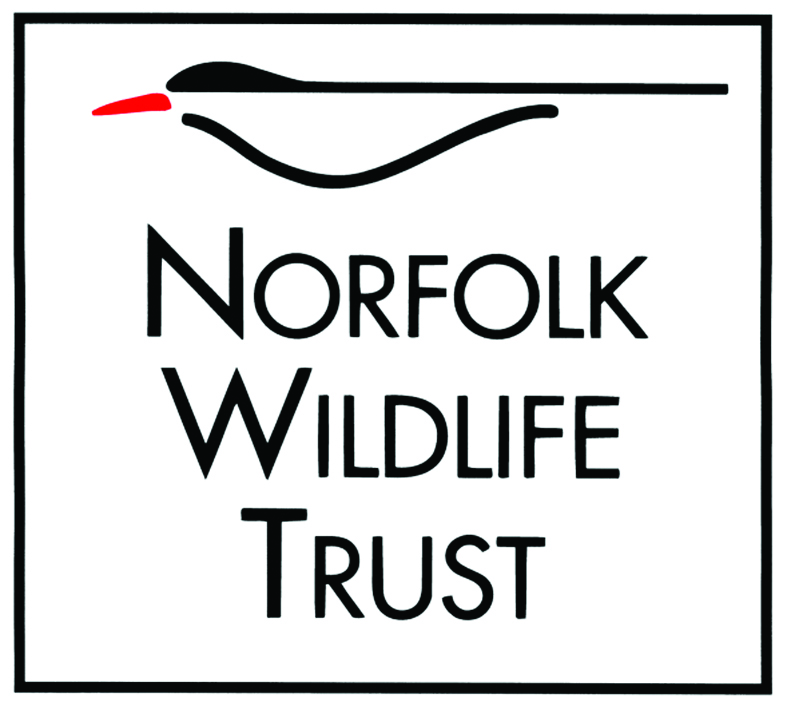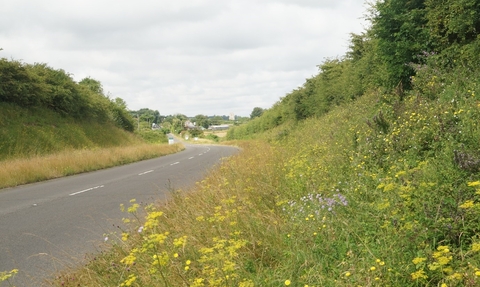
Roadside nature reserve in Wells (credit: Roger Jones)
Roadside Nature Reserves
The Roadside Nature Reserve Scheme was launched in the mid-1990s and is run by Norfolk County Council in partnership with Norfolk Wildlife Trust and other organisations, such as the Farming & Wildlife Advisory Group (FWAG).
Norfolk’s roadside verges stretch for thousands of miles. They are such an integral part of the landscape that it is easy to take them for granted. Yet many verges contain plant species that were once common but are now nationally rare or scarce.
To help protect them, these special sites are designated Roadside Nature Reserves (RNR) and are individually managed to benefit the plants and animals that live there.
Norfolk is home to 120 Roadside Nature Reserves, with a combined length of more than 23 kilometres. Norfolk County Council has an ambition to increase the number of RNR to 300 by the end of 2024.
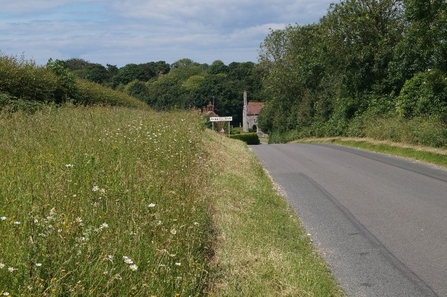
Roadside nature reserve in Sherbourne (credit: Roger Jones)
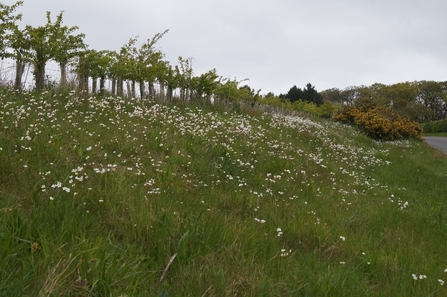
Roadside nature reserve in East Beckham (credit: Roger Jones)
The historical and ecological importance of roadside verges
By their very nature Roadside Nature Reserves are linear, and they act as wildlife corridors for many species, proving invaluable for nature recovery across the landscape.
Many RNR verges follow very old routes that have changed little since they were laid down centuries ago. These verges represent tiny fragments of the unimproved, semi-natural grassland that was once widespread throughout Norfolk, and where plants that were once common can still be seen growing in the wild.
Most RNR are important for scarce and unusual plants, including sulphur clover, pyramidal orchid, pepper saxifrage, Dyer’s greenweed, adder’s tongue, sandy stilt puffball, fragrant agrimony, sand catchfly, crested cow-wheat, and Breckland speedwell.
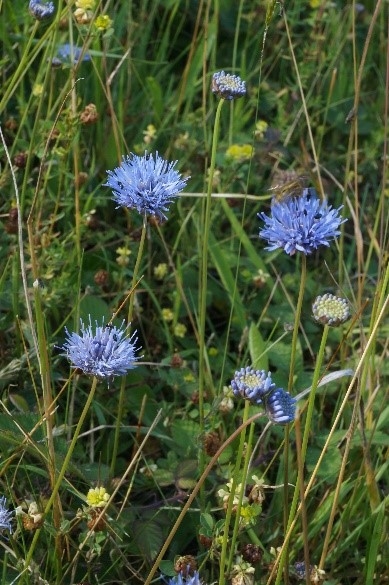
Sheep's bit at a roadside nature reserve in Corpusty (credit: Roger Jones)
Management of Roadside Nature Reserves
The reserves are marked by wooden posts at each end to identify the stretch of special interest. They are cut in the late summer/early autumn when flowering has finished and seed has been set, then the vegetation is raked up. This is carried out by specialist conservation contractors organised by Norfolk County Council.
Our volunteers help with surveying existing sites, as well as identifying new ones. Norfolk County Council is currently reviewing RNR management and looking into improving management practices. If you would like information about an RNR near you, please email: Info@norfolkwildlifetrust.org.uk
Further information
For more information or to report damage to an RNR, please contact:
For information about RNR locations and data, contact:
